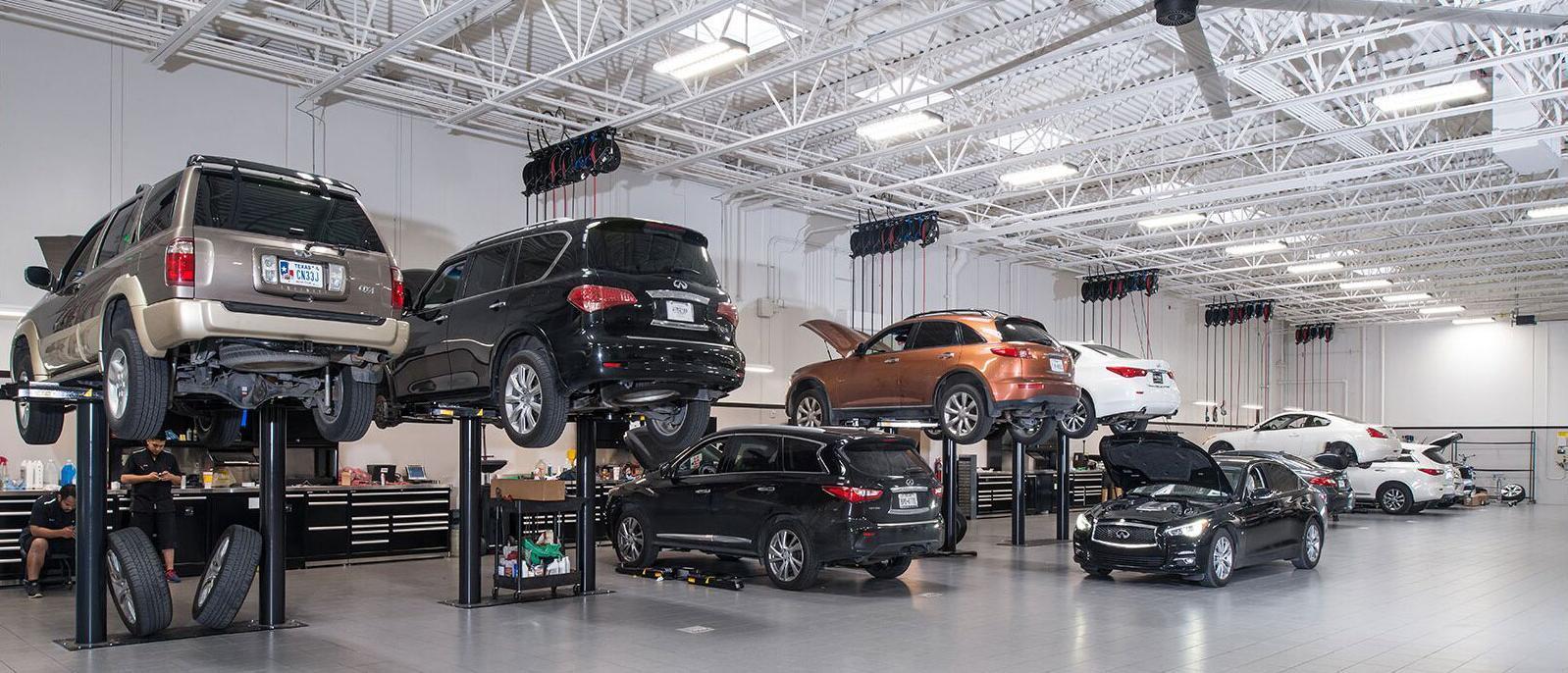All Categories
Featured

The check engine light (CEL) is one of the most essential caution systems in your automobile, yet it often creates complication or worry for numerous vehicle drivers. Recognizing what this light represents and just how to manage it can save you time, cash, and unnecessary anxiety. This guide offers an introduction of what activates the CEL, its prospective implications, and the actions you should take when it lights up.
What Does the Examine Engine Light Indicate? The CEL belongs to your vehicle's onboard diagnostics system (OBD), which monitors engine efficiency and emissions. It lights up when the system finds a problem that needs your focus.
Strong Light: Signals a non-urgent issue but one that need to be dealt with quickly, such as a sensor malfunction or emissions-related concern. Flashing Light: Shows a vital issue like an engine misfire. Driving in this problem can trigger extreme damages, so immediate activity is needed. Common Root Causes Of the Inspect Engine Light. The CEL can light up for a broad variety of factors, some minor and others more extreme. Below are some of one of the most constant causes:

Loose or Damaged Gas Cap:
A loose gas cap can compromise the fuel system, activating the CEL. When the light comes on, monitoring and tightening up the cap is a simple first step. Faulty Oxygen Sensing Unit:
This sensing unit keeps an eye on the air-to-fuel proportion in your engine. A malfunction can lower gas effectiveness and rise discharges. Malfunctioning Catalytic Converter:
The catalytic converter helps in reducing dangerous exhaust emissions. Disregarding various other engine problems, like misfires, can result in catalytic converter damages. Trigger Plug or Ignition Coil Concerns:
These elements are essential for beginning and running your engine smoothly. Regular maintenance can avoid wear and failure. Mass Air Movement Sensing Unit Troubles:
This sensor determines the quantity of air going into the engine to make sure optimum performance. A unclean or faulty sensing unit can reduce effectiveness and power. When the Inspect Engine Light Comes On, steps to Take. Inspect the Gas Cap:
See and tighten the cap if the light switches off after driving a couple of miles. Observe the Car's Behavior:
Keep in mind any kind of uncommon signs like harsh idling, lowered power, or strange sounds. Check the Codes:
Make use of an OBD-II scanner to recover difficulty codes saved in your car's computer system. Lots of automobile parts shops supply this solution free of cost. Check Out a Mechanic:

If the light continues to be on or is blinking, take your car to an expert for a detailed medical diagnosis. Stopping Examine Engine Light Issues. Aggressive maintenance is the most effective means to prevent CEL troubles. Adhere to these tips:
Stay With a Regular Maintenance Arrange: Adjustment your oil, change filters, and check ignition system in a timely manner. Inspect the Gas Cap: Change damaged caps to stop leakages in the fuel system. Use Quality Fuel: Poor-quality gas can contribute to sensor and discharges issues. Why Prompt Activity Issues. Neglecting the CEL can cause much more serious troubles, such as engine damage or costly repair work. If disregarded., a small problem like a loose gas cap can snowball into a significant cost.
Final thought. The check engine light is a vital device for keeping your automobile's wellness. By understanding its function and responding without delay, you can avoid unneeded repair work and keep your vehicle running efficiently. The next time the CEL comes on, remember to remain calm, inspect the fundamentals, and get in touch with a professional if needed.
Latest Posts
The Benefits of Consistent Vehicle Maintenance at Montclare Auto Repair Keeps Your Wallet Happy
Published en
1 min read
Explore Trusted Auto Repair exclusively at Car-X – Get Back on the Road
Published en
1 min read
Unlock WyHy Federal Credit Union – Financial Freedom for Your Goals
Published en
1 min read
More
Latest Posts
The Benefits of Consistent Vehicle Maintenance at Montclare Auto Repair Keeps Your Wallet Happy
Published May 22, 25
1 min read
Explore Trusted Auto Repair exclusively at Car-X – Get Back on the Road
Published May 21, 25
1 min read
Unlock WyHy Federal Credit Union – Financial Freedom for Your Goals
Published May 20, 25
1 min read